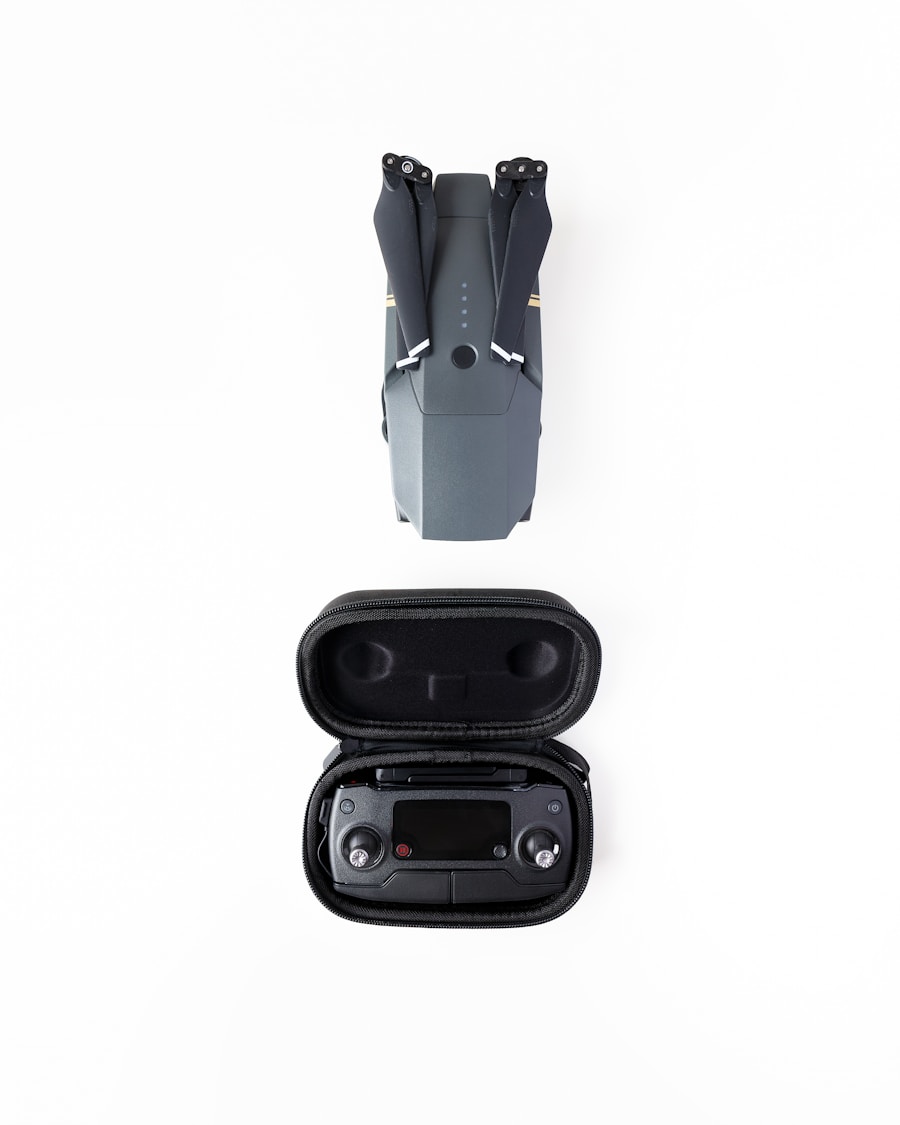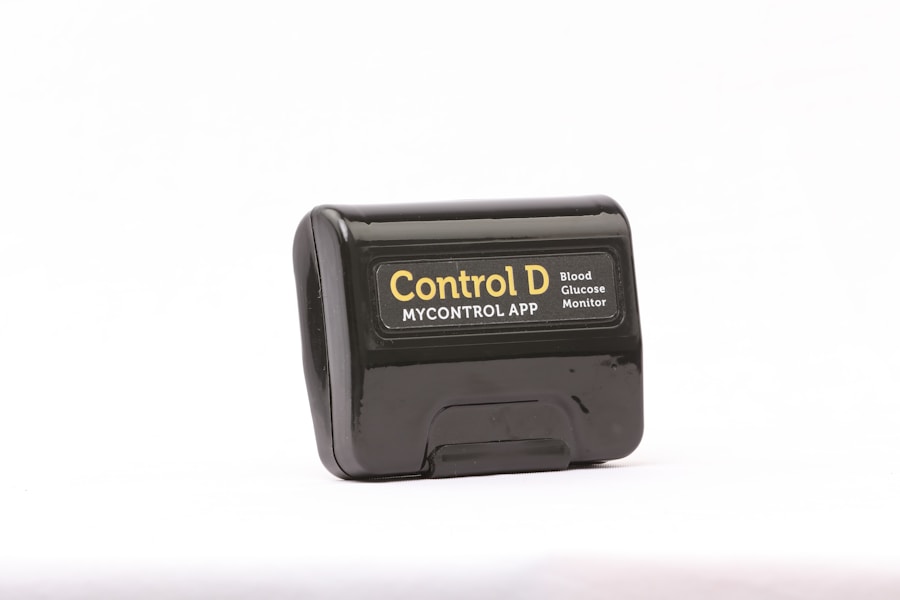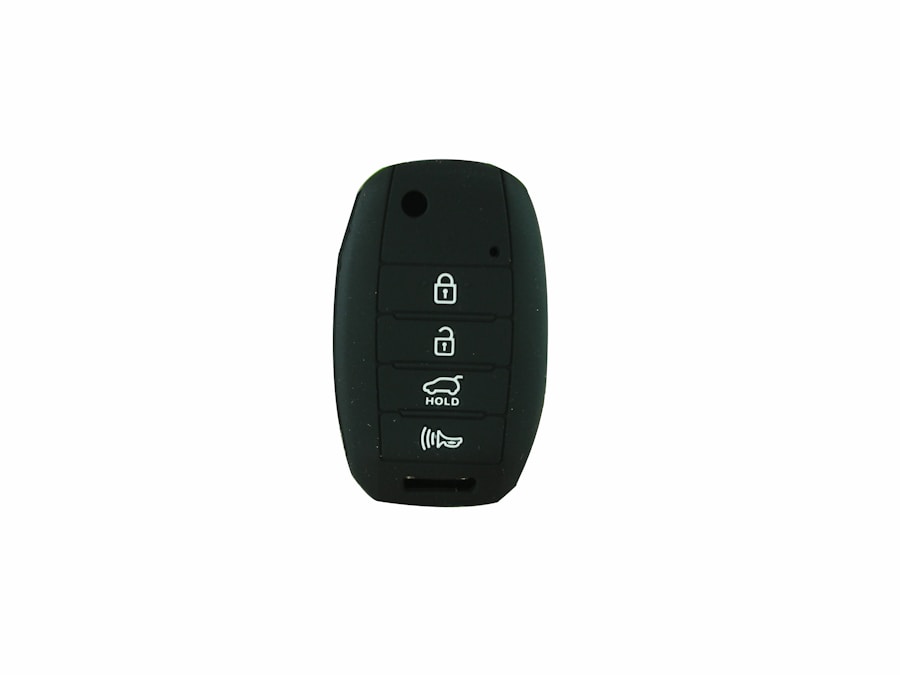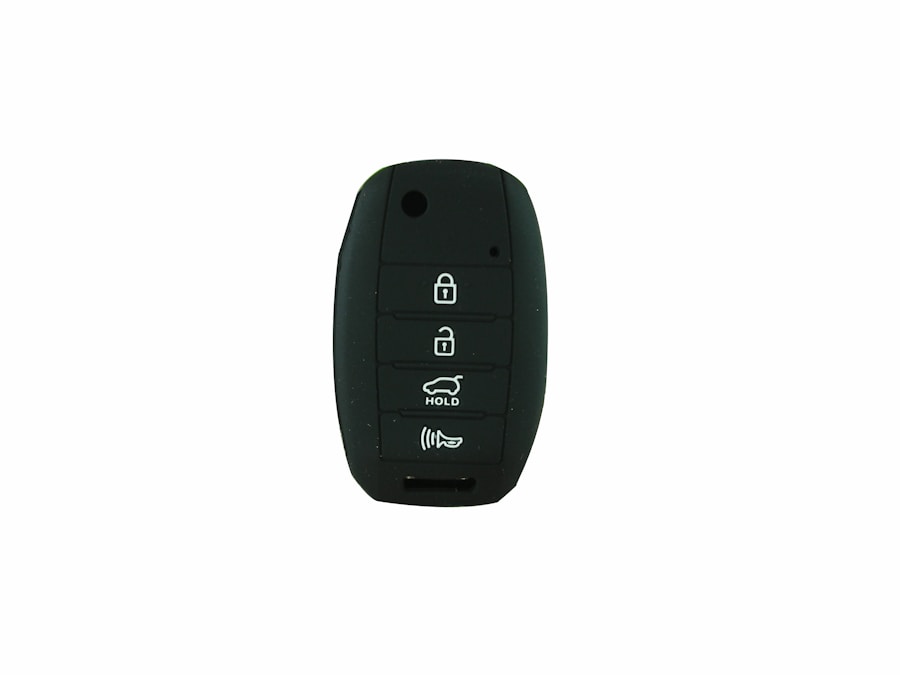On-Board Diagnostics II (OBD2) scanners are essential tools for modern automotive diagnostics, providing a gateway into the intricate systems of vehicles. Introduced in the mid-1990s, OBD2 technology was designed to standardize the way vehicles communicate their health and performance data. These scanners interface with a vehicle’s onboard computer system, allowing users to retrieve diagnostic trouble codes (DTCs) that indicate malfunctions or inefficiencies in various components.
The OBD2 system monitors critical functions such as the engine, transmission, and emissions control systems, making it a vital resource for both professional mechanics and DIY enthusiasts. The OBD2 scanner connects to a vehicle’s OBD2 port, typically located under the dashboard near the driver’s seat. This port serves as a communication hub, enabling the scanner to access real-time data and stored codes from the vehicle’s Engine Control Unit (ECU).
The information retrieved can range from simple error codes to complex data streams that provide insights into engine performance, fuel efficiency, and emissions levels. Understanding how these scanners work is crucial for anyone looking to maintain their vehicle effectively or diagnose issues before they escalate into costly repairs.
Key Takeaways
- OBD2 scanners are diagnostic tools used to communicate with the car’s computer system and retrieve information about the vehicle’s health and performance.
- Using an OBD2 scanner can help car owners save time and money by identifying potential issues early and providing real-time data on the car’s condition.
- When looking for a top-rated OBD2 scanner, consider features such as compatibility with your vehicle, live data streaming, and ease of use.
- Some of the top-rated OBD2 scanners on the market include the BlueDriver Bluetooth Professional OBDII Scan Tool and the Autel AutoLink AL319 OBD2 Scanner.
- To use an OBD2 scanner, simply plug it into the car’s OBD2 port, turn on the ignition, and follow the instructions on the scanner’s display.
Benefits of Using an OBD2 Scanner
Quick Identification of Issues
An OBD2 scanner allows users to read the specific trouble codes associated with these warning lights, providing clarity on what needs attention. This immediate access to diagnostic information can save both time and money by allowing for targeted repairs rather than guesswork.
Real-Time Data Monitoring
Another significant benefit of OBD2 scanners is their ability to monitor real-time data from various vehicle sensors. This feature enables users to track performance metrics such as engine RPM, coolant temperature, fuel trim levels, and more. By analyzing this data, car owners can make informed decisions about their vehicle’s health and performance.
Proactive Maintenance and Improved Performance
For instance, if a scanner indicates that the fuel trim is consistently out of range, it may suggest an underlying issue with the fuel system that requires further investigation. This proactive approach not only helps in maintaining optimal vehicle performance but also contributes to better fuel efficiency and reduced emissions.
Features to Look for in a Top-Rated OBD2 Scanner
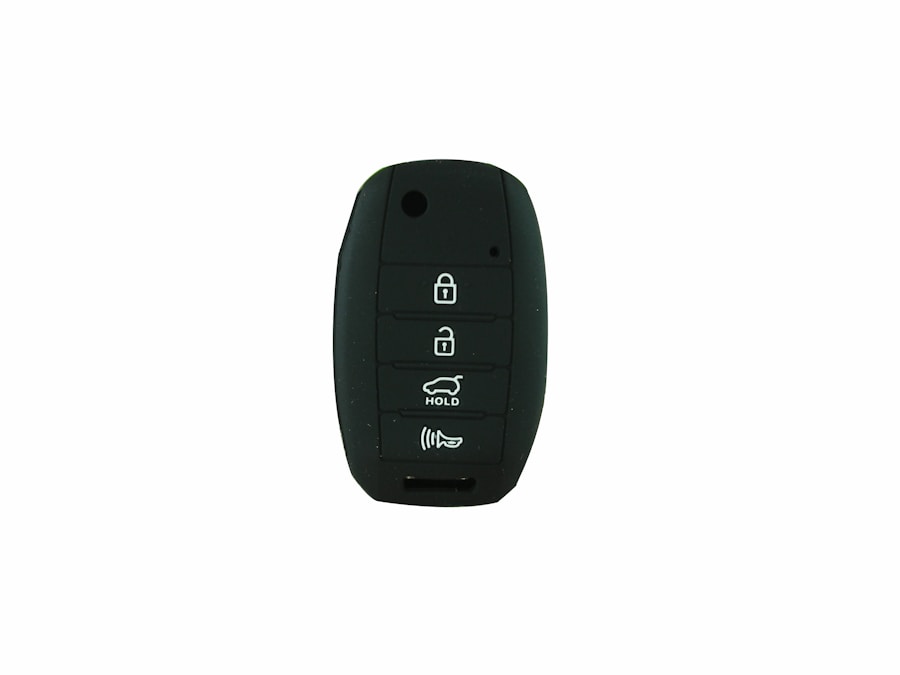
When selecting an OBD2 scanner, several key features should be considered to ensure that the device meets your diagnostic needs effectively. One of the most important features is compatibility with various vehicle makes and models. While most OBD2 scanners are designed to work with vehicles manufactured after 1996, some models offer enhanced compatibility with specific brands or systems.
A versatile scanner that can interface with multiple vehicles is particularly beneficial for those who own more than one car or for mechanics who service a diverse clientele. Another critical feature is the ability to read and clear diagnostic trouble codes. While many basic scanners can retrieve codes, advanced models provide additional functionalities such as live data streaming, freeze frame data, and enhanced diagnostics for specific systems like ABS or airbag modules.
Additionally, user-friendly interfaces with clear displays and intuitive navigation can significantly enhance the user experience. Some scanners even come equipped with Bluetooth connectivity, allowing users to connect their devices to smartphones or tablets for easier data management and analysis.
Top-Rated OBD2 Scanners on the Market
| Brand | Model | Screen Size | Supported Protocols | Special Features |
|---|---|---|---|---|
| Autel | Autel MaxiCOM MK808 | 7 inches | CAN, J1850, ISO9141, KWP2000 | Bi-directional control, AutoVIN technology |
| Launch | Launch CRP123 | 5 inches | ISO9141, KWP2000, J1850, CAN, J1850 VPW, J1850 PWM | ABS/SRS/Transmission/Engine code reading |
| Innova | Innova 3100j | 2.8 inches | CAN, J1850, ISO9141, KWP2000 | Oil reset, Battery maintenance |
The market for OBD2 scanners is vast, with numerous options catering to different needs and budgets. Among the top-rated models is the BlueDriver Bluetooth Professional OBDII Scan Tool. This device stands out for its comprehensive diagnostics capabilities and user-friendly app interface.
It provides access to over 30 different parameters in real-time and offers detailed repair reports based on the trouble codes retrieved. The BlueDriver is particularly favored by DIY enthusiasts due to its extensive database of fixes and repair suggestions. Another highly regarded option is the Autel MaxiCOM MK808, which is known for its advanced features and wide-ranging vehicle coverage.
This professional-grade scanner not only reads and clears DTCs but also performs advanced functions such as oil reset, EPB (Electronic Parking Brake) service, and DPF (Diesel Particulate Filter) regeneration. Its large touchscreen display and intuitive design make it accessible for both professionals and novices alike. The Autel MaxiCOM MK808 exemplifies how modern OBD2 scanners can serve as multifunctional tools that go beyond basic diagnostics.
How to Use an OBD2 Scanner
Using an OBD2 scanner is a straightforward process that can be accomplished in just a few steps. First, locate the OBD2 port in your vehicle; this is usually found under the dashboard near the driver’s seat or around the steering column. Once you have identified the port, plug in your scanner securely.
Most scanners will power on automatically when connected to the vehicle’s diagnostic port. After powering up the scanner, follow the prompts on the device’s screen to select your vehicle’s make and model if required. The scanner will then communicate with the ECU to retrieve any stored trouble codes.
Once the codes are displayed, you can reference them against a code database or use the scanner’s built-in features to understand what each code signifies. If necessary, you can clear the codes after addressing any issues, which will reset the check engine light if it was triggered by a temporary fault.
Common Issues Detected by OBD2 Scanners
OBD2 scanners are adept at identifying a wide range of issues that can affect vehicle performance and safety. One of the most common problems detected is related to the engine’s performance, such as misfires or inefficient fuel combustion. Codes like P0300 indicate random misfires, while P0171 or P0174 may suggest issues with fuel mixture ratios.
These codes can help pinpoint problems such as faulty spark plugs, clogged fuel injectors, or vacuum leaks. Another frequent issue flagged by OBD2 scanners pertains to emissions control systems. Codes such as P0420 indicate catalytic converter efficiency problems, which can lead to increased emissions and potential legal ramifications if not addressed.
Additionally, issues with oxygen sensors (codes like P0131 or P0137) are commonly detected; these sensors play a crucial role in monitoring exhaust gases and ensuring optimal fuel efficiency. By identifying these issues early through an OBD2 scanner, vehicle owners can take corrective action before they escalate into more significant problems.
Tips for Choosing the Best OBD2 Scanner for Your Car
Selecting the right OBD2 scanner involves considering several factors tailored to your specific needs and preferences. First and foremost, assess your level of expertise and how you plan to use the scanner. For casual users or those new to automotive diagnostics, a basic model that reads and clears codes may suffice.
However, if you are a seasoned mechanic or someone who enjoys DIY repairs, investing in a more advanced scanner with extensive features will likely yield better results. Another important consideration is budget; while there are many affordable options available, higher-end models often come with additional functionalities that can justify their price tag. Look for scanners that offer lifetime updates or subscriptions for ongoing access to new features and code databases.
Additionally, consider user reviews and ratings when evaluating different models; feedback from other users can provide valuable insights into reliability and ease of use.
Maintaining Your Car with the Help of an OBD2 Scanner
Incorporating an OBD2 scanner into your vehicle maintenance routine can lead to significant improvements in both performance and longevity. Regularly scanning your vehicle allows you to monitor its health proactively rather than reactively addressing issues as they arise. By routinely checking for trouble codes and analyzing real-time data, you can identify potential problems early on—such as abnormal sensor readings or declining fuel efficiency—before they develop into costly repairs.
Moreover, using an OBD2 scanner can help you maintain compliance with emissions regulations by ensuring that your vehicle’s emissions control systems are functioning correctly. Many states require emissions testing as part of vehicle registration; having an OBD2 scanner allows you to verify that your vehicle will pass these tests without surprises. By integrating this technology into your maintenance practices, you not only enhance your understanding of your vehicle but also contribute to its overall performance and environmental responsibility.

